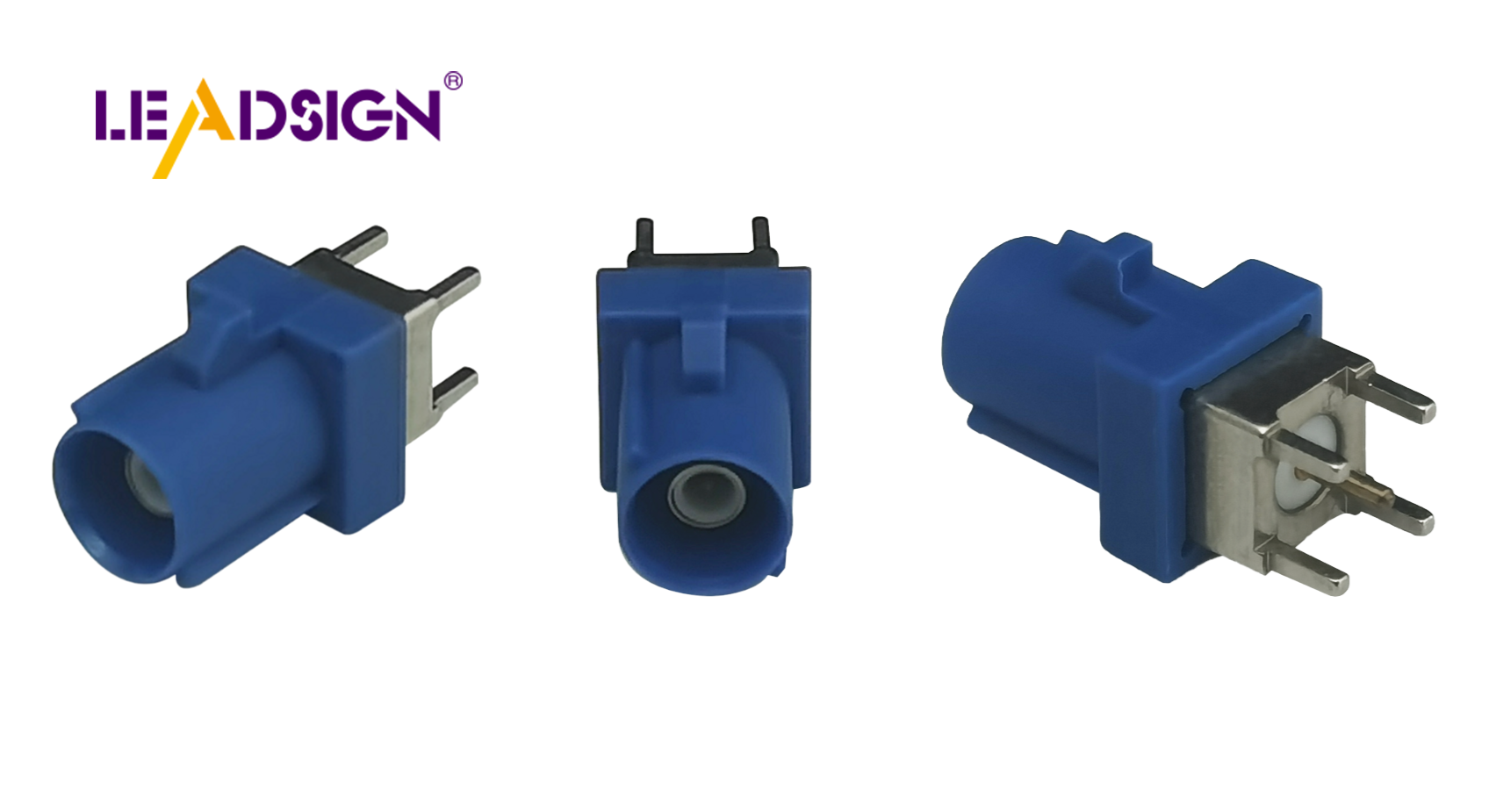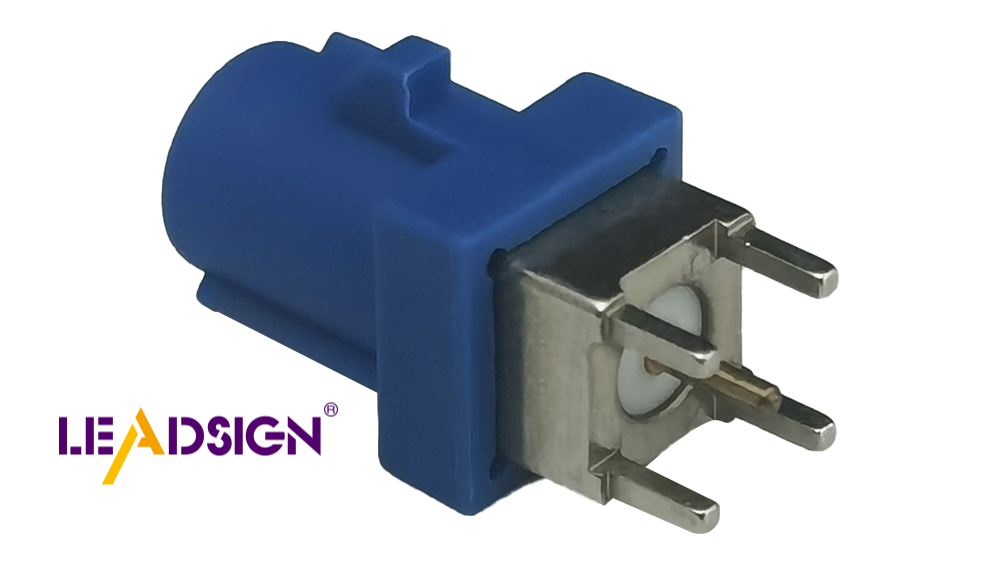Simple Tips to Fix Car Harness Connectors Quickly

Maintaining working automotive harness connectors keeps your car safe and efficient. Broken connectors can cause short circuits, fuel pump problems, or power loss. These problems might lead to fires or injuries. Knowing how to fix them helps you solve issues fast. With proper tools, you can repair them easily.
Key Takeaways
Use proper tools like a release tool and crimpers for safe fixes.
Pick good materials and heat shrink tubes for strong connections.
Check the wiring harness for problems before fixing to prevent issues.
Tools and Materials for Wiring Harness Repair

Important Tools for Fixing Car Harness Connectors
Using the right tools makes fixing connectors simple. Start with a small screwdriver set. These tools help you reach tight spots in connectors. A terminal release tool is also very useful. It lets you remove pins safely without breaking anything.
Crimping tools are needed for strong connections. Use crimpers made for specific connectors like Weather Pack or Packard 56. These tools make sure the connection stays secure. For repairs, try using a butt connector with heat shrink tubing. Crimp the wires and seal them with heat. This makes the repair stronger and protects it from damage.
Best Materials for Long-Lasting Connector Repairs
Good materials make repairs last longer. Coated materials handle high heat and stop rust. These are great for cars in tough conditions. Using the right materials also prevents damage from car vibrations.
Material Type | Why It’s Important | Where to Use It |
|---|---|---|
Quality Materials | Last longer and prevent electrical problems. | Cars, planes |
Special Coatings | Handle heat and stop rust. | Tough environments |
Proper Installation | Stops damage caused by shaking or movement. | Big machines, vehicles |
Always pick materials that fit your car’s needs. This helps the repaired parts work well in all situations.
Step-by-Step Guide to Fixing a Wiring Harness
Finding Problems in the Wire Harness Plug Connector
Before fixing anything, find the problem in the plug connector. Check for these common issues:
Signals that stop and start, causing electrical problems.
Rust or dirt, seen as discoloration or buildup on the connector.
Broken parts like cracked covers, bent pins, or torn wires.
Wrong wiring, which can cause shorts or weak connections.
Look closely at the plug for these problems. This helps you fix the main issue and avoid more trouble later.
Removing Broken Parts Safely
To fix a broken plug, take out the damaged parts first. Use tools like a terminal release tool to remove wires safely. Slide the tool into the connector to unlock it without breaking the pins. Be gentle with the wires to keep them in good shape. Label each wire so you can put them back correctly. This step is key to solving wiring harness problems.
Fixing or Changing Wires in the Harness Connectors
After removing broken parts, decide to fix or replace the wires. Try these methods:
Solder wires for a strong hold, but heat them enough to avoid weak joints.
Cover soldered spots with heat shrink tubing to protect them.
Crimping works well if you use the right tools.
Don’t use quick kits or twist-on connectors; they can fail over time.
Keep wires neat and use butt connectors with heat shrink tubing. This makes the repair strong and long-lasting.
Putting the Connector Back Together and Testing It
When repairs are done, put the plug back together. Place wires into the housing, making sure pins fit right. Lock everything in place to stop loose connections. Test the plug by connecting it to the system and checking if it works. This step ensures your repair is complete and the connector functions properly.
Avoiding Common Mistakes in Wiring Harness Repair
Mistakes That Can Ruin Your Fix
Fixing a wire harness plug needs careful attention. Mistakes can ruin your repair and cause more problems. Watch out for these common errors:
Picking the wrong wires or cutting them the wrong way. This makes weak connections.
Skipping the assembly guide. Missing this step can lead to wrong wiring.
Bad crimping. Loose crimps can cause wires to disconnect or short out.
Soldering mistakes. Overheating wires can damage them permanently.
Forgetting wires or using the wrong parts. This can make the repair fail.
Tying wires too tight or too loose. Both can harm the wires or leave them unsecured.
Using cheap materials or wrong wire sizes can also cause overheating. Always check your work to avoid these issues.
Easy Tips for Fast and Strong Repairs
Follow these tips to fix car connectors well:
Use heat shrink tubing to group wires and protect them. It keeps the repair neat and strong.
Don’t use quick connector kits. They don’t hold wires tightly and can fail.
Avoid using electrical tape. It can come off with heat or moisture.
Stay away from twist-on connectors in wet or muddy areas. They can rust and stop working.
Use butt connectors with heat shrink tubing for the best results. Crimp them tightly and seal them to stop rust.
By following these steps, you can fix your wire harness quickly and make it last. Careful work and checking details will keep your car’s systems working well.
Fixing car harness connectors is easier with proper steps. First, collect the tools and materials you need. Always disconnect the battery before starting for safety. Check the wires carefully for any damage. Use the right size wires and connectors for a strong fit. Be gentle with wires and cover them with heat shrink tubing to keep them safe. Stay away from quick connector kits as they can cause problems.
These tips help you fix small issues yourself. If the damage is big or tricky, ask a professional to keep your car safe and working well.
FAQ
What should you do if a connector pin breaks?
Take out the broken pin using a terminal release tool. Put in a new pin that matches the old one to make it work properly.
How can you prevent rust on connectors?
Use dielectric grease on the connectors. This grease blocks moisture and stops rust from forming over time.
What’s the best way to test a repaired connector?
Attach the harness back to the system. Start the car and see if the part works without any problems or errors.
See Also
Why Fakra Connectors Matter for Honda Automobile Performance
Exploring Benefits of Mini FAKRA Connectors in Today's Cars
A Comprehensive Overview of Ford's Fakra Connectors
Harnessing High-Speed FAKRA-Mini Connectors for Automotive Innovation

